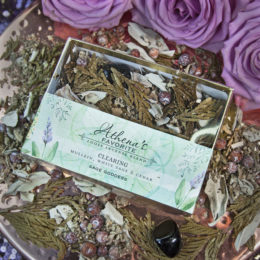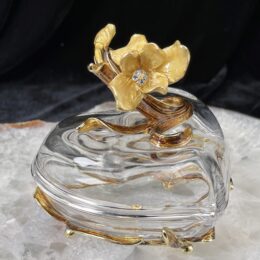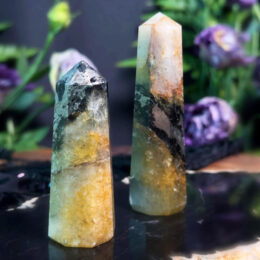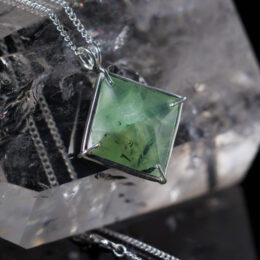Your cart is currently empty!
Crinoid Fossil Guide: Properties and Meaning
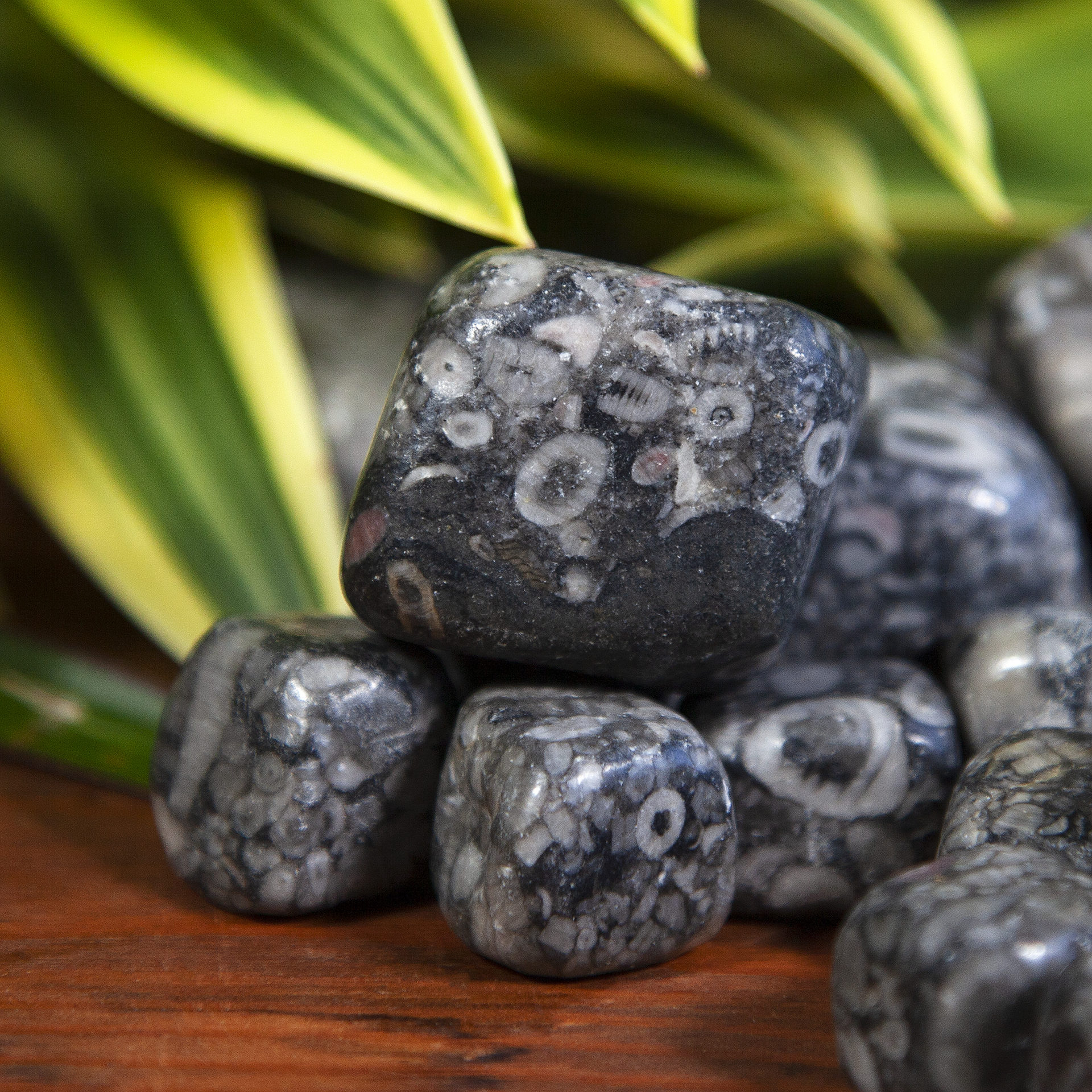
Crinoid Fossil Properties
Color: BrownMohs Hardness: 2.5Chakra: Earth Star, RootCrystal Structure:hexagonalLocation: United States, United Kingdom, China
About Crinoid Fossil
Crinoid Fossil is a powerful tool for grounding and connecting with the Earth and one’s roots. It is associated with the Earth Star and Root chakras, making it an excellent choice for stabilizing and grounding energy. This fossil has the ability to transmute negative energy and release past life karma, promoting a more peaceful and balanced existence. Its deep brown or black color represents its stability and grounding properties. As one of the earliest life forms on Earth, the Crinoid Fossil symbolizes beauty and tenderness, serving as a reminder of the interconnectedness of all living things.
The history of Crinoid Fossil
The history of Crinoid Fossil dates back to the ancient times when these marine creatures thrived in the oceans. Crinoids, also known as sea lilies, were abundant during the Paleozoic era, which spanned from approximately 541 to 252 million years ago. These fascinating organisms had a stem-like structure attached to the ocean floor, with feathery arms extending upwards to capture food particles. Over time, as these creatures died, their remains fossilized and became preserved in sedimentary rocks. Today, these Crinoid Fossils serve as a window into the past, offering insights into the ancient marine ecosystems and the evolution of life on Earth.
What are the healing properties of Crinoid Fossil?
The Crinoid Fossil transmutes negative energy and releases past life karma, allowing for a more peaceful and balanced existence.
What are the metaphysical/spiritual properties of Crinoid Fossil?
The Crinoid Fossil is a powerful tool for those seeking to connect with the Earth and their roots. Its chakra associations include the Earth Star and Root, making it an excellent choice for grounding and stabilizing energy.
What is the color of Crinoid Fossil and what does it represent?
The color of Crinoid Fossil is typically a deep brown or black, representing the stability and grounding properties it possesses.
What does Crinoid Fossil symbolize?
As one of the first forms of life on Earth, the Crinoid Fossil is a symbol of beauty and tenderness, reminding us of the interconnectedness of all living things.
Crinoid Fossil FAQ
What is Crinoid Fossil used for?
Crinoid Fossils are commonly used as decorative pieces, as they have a unique and intricate appearance that can add a touch of natural beauty to any space. They are also highly valued by collectors and enthusiasts who appreciate their historical and geological significance.
What does Crinoid Fossil do?
Crinoid Fossils serve as a fascinating window into the past, providing valuable insights into ancient marine ecosystems and the evolution of life on Earth. They can also spark curiosity and wonder, inspiring individuals to learn more about paleontology and the natural world.
Can Crinoid Fossil go in water?
Crinoid Fossils are typically not recommended to be submerged in water for extended periods of time. While they are durable and can withstand occasional contact with water, prolonged exposure may cause deterioration or damage to the fossil.
How to cleanse Crinoid Fossil?
To cleanse a Crinoid Fossil, gently wipe it with a soft, dry cloth to remove any dust or debris. Avoid using water or any cleaning agents, as they may harm the fossil’s delicate structure.
What does Crinoid Fossil do spiritually?
Crinoid Fossils possess grounding and calming energies, making them ideal for meditation and spiritual practices. They enhance one’s connection with the Earth and promote a sense of stability and balance.
How to clean Crinoid Fossil?
To clean a Crinoid Fossil, use a soft brush or toothbrush to gently remove any dirt or debris. Avoid using water or cleaning agents, as they may damage the fossil. After cleaning, ensure the fossil is completely dry before storing or displaying it.
How to spot fake Crinoid Fossil?
To spot a fake Crinoid Fossil, look for signs of uniformity or perfect symmetry, as natural fossils often have slight variations and imperfections. Additionally, genuine Crinoid Fossils will have a distinct texture and may show signs of wear or weathering.
Is Crinoid Fossil toxic?
Crinoid Fossils are not toxic and pose no health risks when handled or displayed. However, it is always advisable to wash hands after handling any natural objects, including fossils, to maintain good hygiene.
Where is Crinoid Fossil found?
Crinoid Fossils can be found in various locations around the world, including limestone deposits, shale formations, and ancient seabeds. Some notable locations for Crinoid Fossil discoveries include the United States, the United Kingdom, and China.
How is Crinoid Fossil pronounced?
Crinoid Fossil is pronounced as “CRY-noid FOSS-il.”
What chakra is associated with Crinoid Fossil?
Crinoid Fossils are commonly associated with the Root Chakra, which is located at the base of the spine. Working with Crinoid Fossils can help balance and activate this energy center, promoting feelings of stability, security, and grounding.
Can Crinoid Fossil be in the sun?
Crinoid Fossils can be displayed in sunlight, but it is advisable to avoid prolonged exposure to direct sunlight. Over time, excessive sunlight may cause fading or discoloration of the fossil.
How to charge Crinoid Fossil?
To charge a Crinoid Fossil, place it in direct sunlight or moonlight for a few hours. This process infuses the fossil with revitalizing energy and enhances its metaphysical properties.
What is the hardness of Crinoid Fossil?
The hardness of Crinoid Fossils can vary depending on the specific composition and preservation of the fossil. On the Mohs scale of mineral hardness, they typically range from 2.5 to 4.5.



